Are the rich ruining thrifting?
How the thrift store is being gentrified
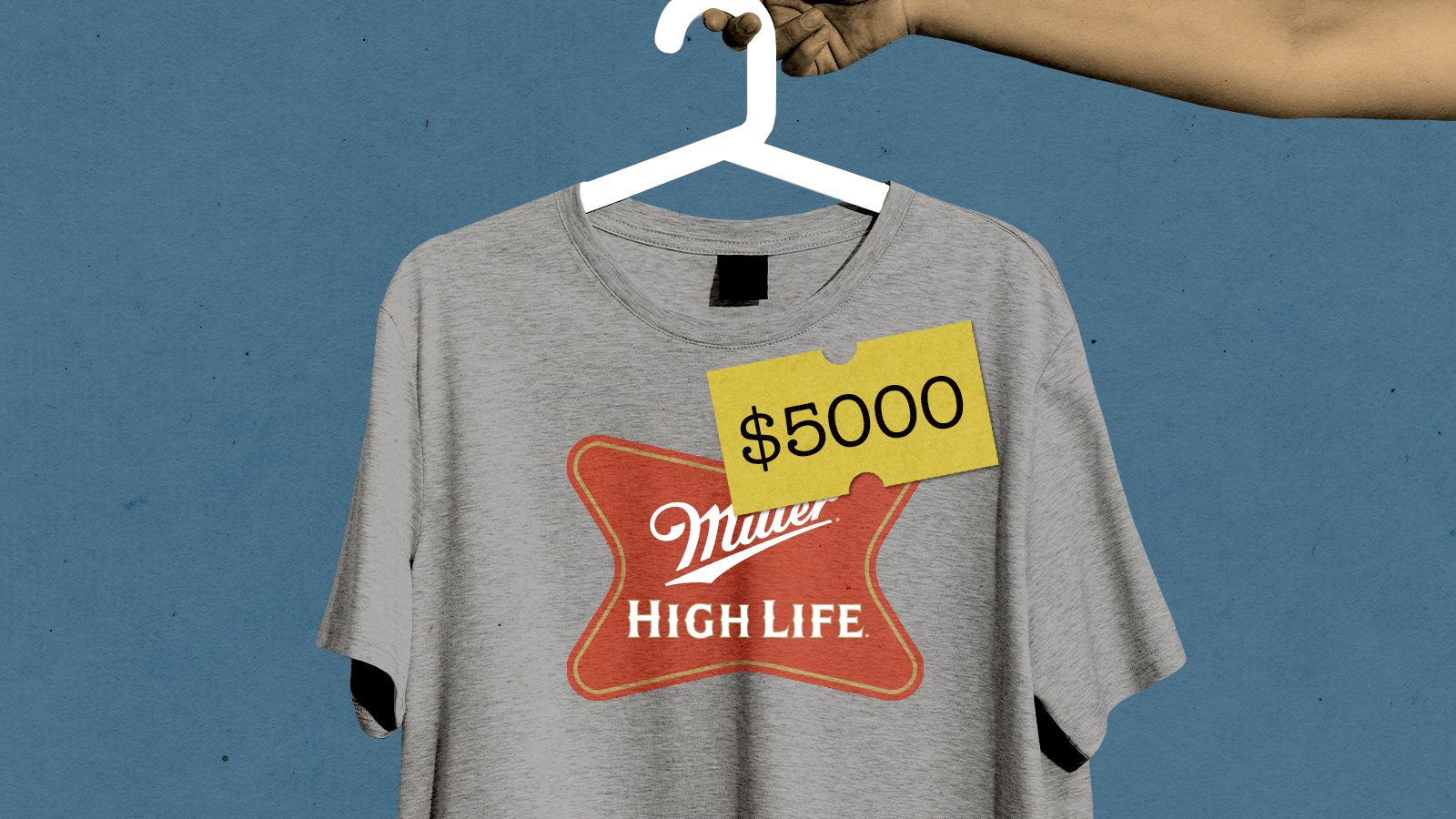

Thrift shopping was once primarily known as an affordable way for lower-income people to find secondhand clothing, but in recent years, it has become popular among the wealthy, leading to rising prices. What are the ethical questions behind this practice, and how has it changed thrift stores for people in need? Here's everything you need to know:
What is thrifting?
"Thrifting" refers to shopping at thrift stores rather than buying new merchandise. The term accounts for any item found in a thrift store but especially refers to clothing. Since the clothing is secondhand, prices tend to be far lower than regular retail prices. Buying used clothing is also beneficial from a sustainability standpoint because it helps to reduce textile waste.
If thrifting is reducing hyperconsumption of firsthand clothing, why have its ethics been called into question?
Some argue that thrifting has essentially become gentrified because of its trendiness. Wealthier people have begun to frequent thrift stores, shopping for the same items as low-income people who were the original customers of the secondhand shops. In addition to wearing the clothes themselves, many thrifters in recent years have also started reselling the clothing on websites like Depop at a higher rate.
The Week
Escape your echo chamber. Get the facts behind the news, plus analysis from multiple perspectives.

Sign up for The Week's Free Newsletters
From our morning news briefing to a weekly Good News Newsletter, get the best of The Week delivered directly to your inbox.
From our morning news briefing to a weekly Good News Newsletter, get the best of The Week delivered directly to your inbox.
By increasing demand, the argument goes, this new wave of shoppers has driven up prices. As Terry Nguyen summarizes for Vox, "low-income shoppers might be priced out of thrift stores in their area," and those in need could be left with fewer options. However, as Vox reports, it's not entirely clear that wealthy or excessive shoppers are specifically to blame for rising prices at thrift shops.
How did thrifting become popular?
Thrifting is nothing new, but started to pick up steam in the 2010s when consumers began prioritizing sustainability in their clothing purchases. Celebrities proudly flaunted their finds, and Macklemore & Ryan Lewis' multiplatinum 2013 hit "Thrift Shop" also contributed to the cool factor around secondhand shopping. Once the pandemic hit, thrifting became even more commonplace, as many lost their jobs and looked for ways to save money.
As thrift shopping became even more widespread, so too did the popularity of vintage clothing. Many started to enjoy hunting for interesting and high-quality vintage pieces for cheap. The secondhand apparel market was worth about $28 billion in 2019 and is expected to reach $64 billion in 2024, Vox reports.
Now the trend has been boosted by social media influencers, and NPR reports that young Gen Z shoppers have "embraced secondhand fashion faster than any other age group and account for over 40 percent of global consumers." Younger groups have also turned to thrift store "hauls" on TikTok and other platforms, further increasing the popularity of the practice and, allegedly, the cost of merchandise inside the stores, per Insider.
A free daily email with the biggest news stories of the day – and the best features from TheWeek.com
Has thrifting changed for the worse?
As with any trend, people began to find ways to profit — hence the rise of resellers. In particular, Gen Z has taken to flipping their thrift shop purchases, adding to the perception that new shoppers are driving up prices.
Indeed, the popularity of thrifting has increased demand, and prices at major stores like Goodwill and the Salvation Army "have crept up in some cases," reports The Wall Street Journal, writing that "thrift stores have gotten wise to the fact that there are covetable, profitable gems lurking in their trove of textiles."
However, executives at these thrift chains insist they are maintaining low-price options for budget-conscious customers. Goodwill's website claims to sell "at a fair market value based on the brand and condition of the item." The New York Times also notes that increased donations in recent years have also contributed to higher business costs, as "stores need more employees and more time to sort through the clothes. Inventory and space issues mean more clothes need to get either sold into the export market for a lower cost or disposed of."
Many high-quality vintage pieces are quickly bought up, leaving lower-quality fast fashion in thrift stores. These garments largely end up in landfills and do not last over time. "If you donate trash to a thrift store, it doesn't just disappear," said Adam Minter, author of Secondhand: Travels in the New Global Garage Sale.
Higher quality clothing is also resold on websites like Depop, Poshmark, and Mercari, where it is priced and treated almost like a luxury item rather than a piece of affordable and sustainable fashion. "Secondhand buying and selling has never wholly been for the altruistic reasons that are often championed, whether it be environmental or to aid people who can't afford to buy firsthand clothing," Jennifer Le Zotte, assistant professor at the University of North Carolina, Wilmington, told Vox.
Despite its charitable and anti-capitalist face, thrift shopping is just as affected by the woes of capitalism as regular ol' retail, Vox continues. "We should look at the corporate facilities, even as they're classed as nonprofit organizations," Le Zotte added. "That is a dubious delineation when it comes to major secondhand clothing corporations."
Are resellers bad?
Some say that resellers may not be as big of a problem as they are made out to be.
One argument is that there is no shortage of clothing at thrift stores. Many thrift stores actually struggle to manage the number of clothing donations they receive, per the Times. Scarcity in general is not an issue even with the widening range of shoppers, though scarcity of quality may be a different story. Resellers aren't robbing low-income shoppers of a chance to find affordable pieces so long as there are still lots of options left on the racks. "I don't think we'll ever be in a place where we don't have stuff," The Salvation Army's Greg Tuck told the Journal.
Others point out that resellers go through the effort of finding quality pieces, fixing them up, and then making them easy to find on resale websites, therefore justifying the increased costs and arguably increasing accessibility. "Shopping on apps like Depop make it much easier to find a pair of perfectly-fitting vintage Levi's than by spending time sifting through racks at a thrift shop," especially for those without a physical or high-quality thrift store in their area, writes NPR.
More than the individuals doing the reselling, many argue, the fast fashion industry should be blamed for perpetuating a system where readily available quality pieces of clothing are largely inaccessible. Wealthy shoppers and thrift flippers may not be entirely at fault, but as one longtime thrift shopper told the Times, "the golden age of thrifting is over."
Update March 29, 2023: This article has been updated throughout.
Devika Rao has worked as a staff writer at The Week since 2022, covering science, the environment, climate and business. She previously worked as a policy associate for a nonprofit organization advocating for environmental action from a business perspective.
-
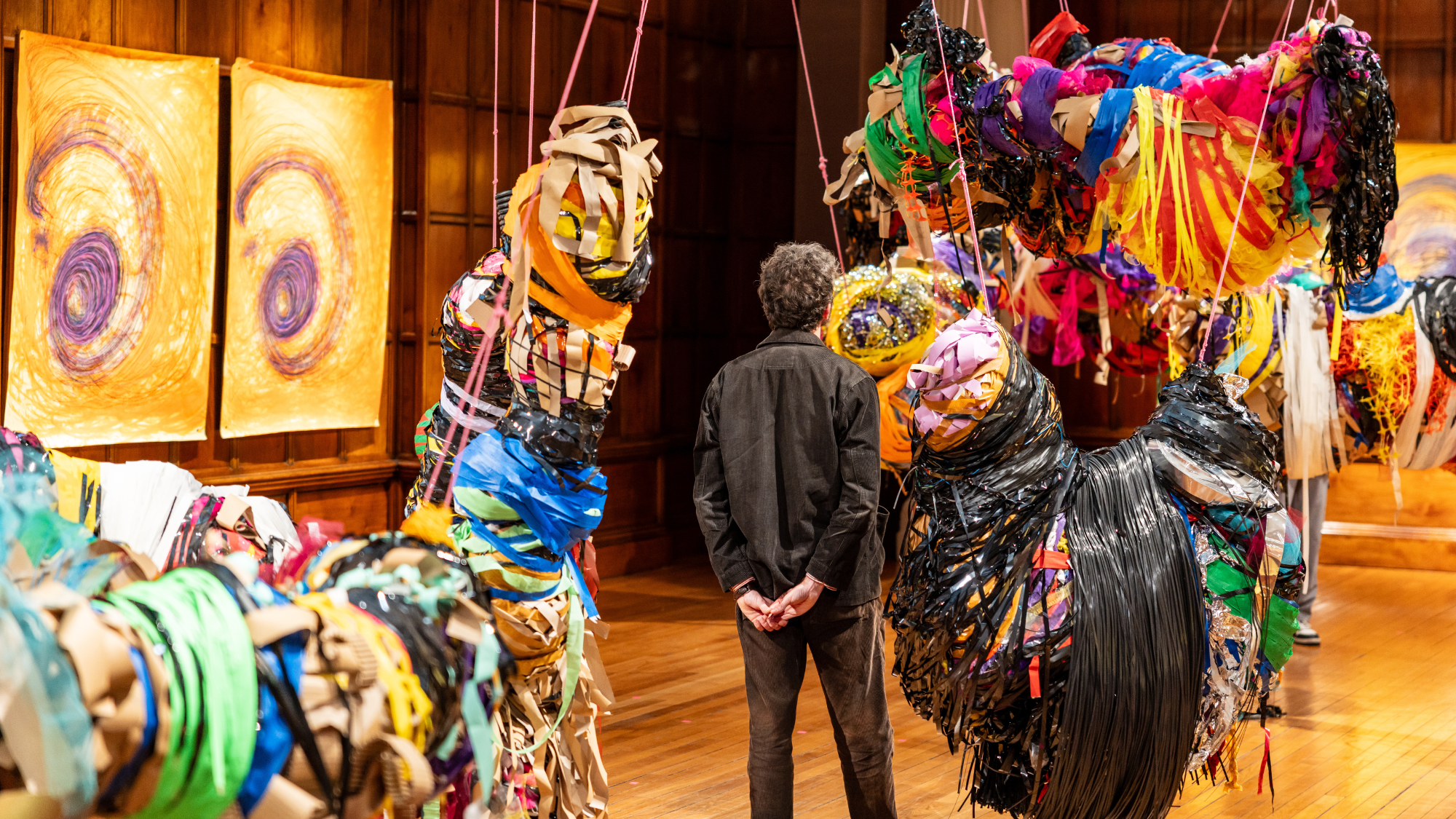 Nnela Kalu’s historic Turner Prize win
Nnela Kalu’s historic Turner Prize winTalking Point Glasgow-born artist is first person with a learning disability to win Britain’s biggest art prize
-
 Bridget Riley: Learning to See – an ‘invigorating and magical ensemble’
Bridget Riley: Learning to See – an ‘invigorating and magical ensemble’The Week Recommends The English artist’s striking paintings turn ‘concentration into reverie’
-
 ‘Stakeknife’: MI5’s man inside the IRA
‘Stakeknife’: MI5’s man inside the IRAThe Explainer Freddie Scappaticci, implicated in 14 murders and 15 abductions during the Troubles, ‘probably cost more lives than he saved’, investigation claims
-
 The longevity economy is booming as people live longer
The longevity economy is booming as people live longerThe Explainer The sector is projected to reach $27 trillion by 2030
-
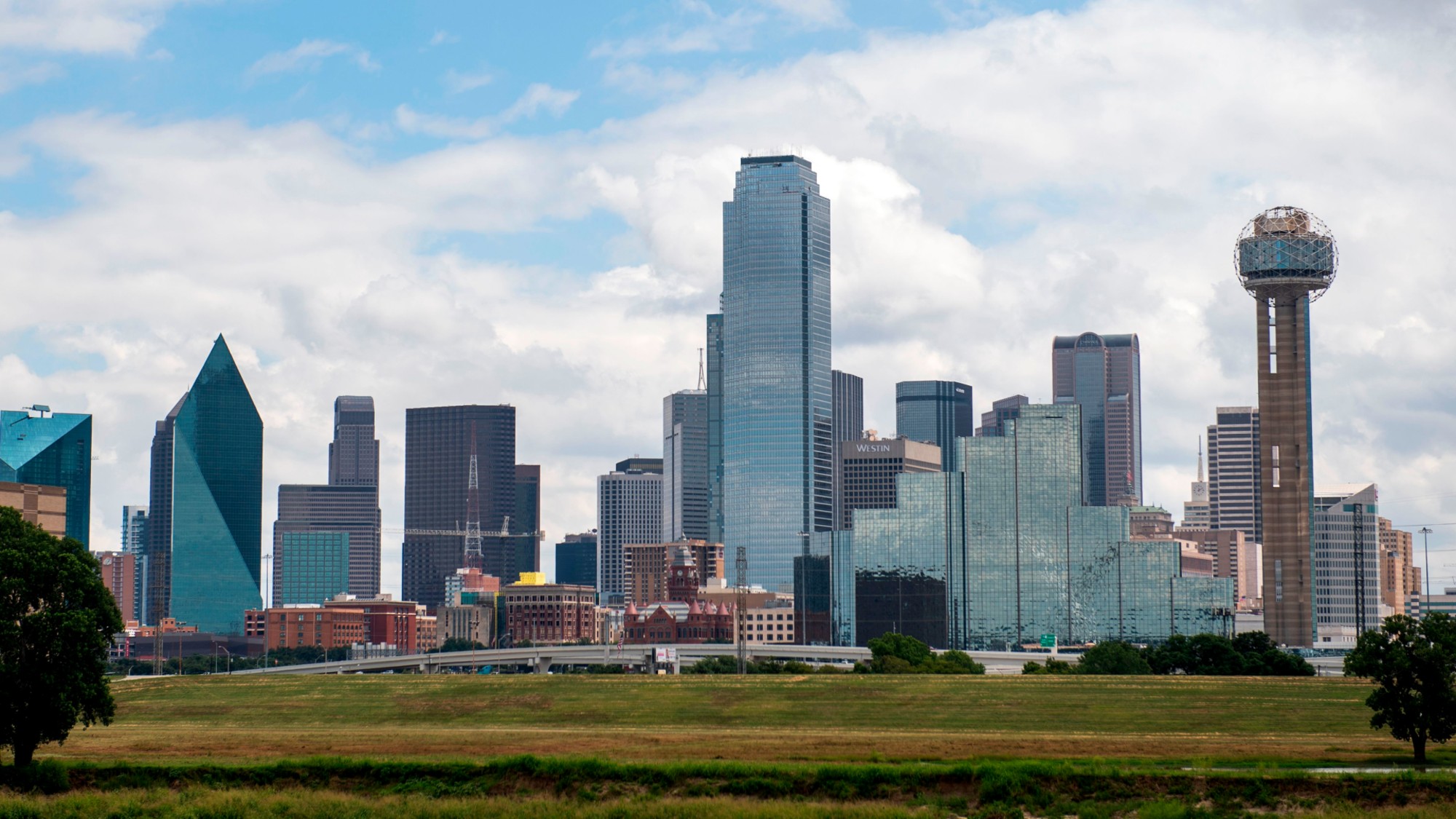 Texas is trying to become America’s next financial hub
Texas is trying to become America’s next financial hubIn the Spotlight The Lone Star State could soon have three major stock exchanges
-
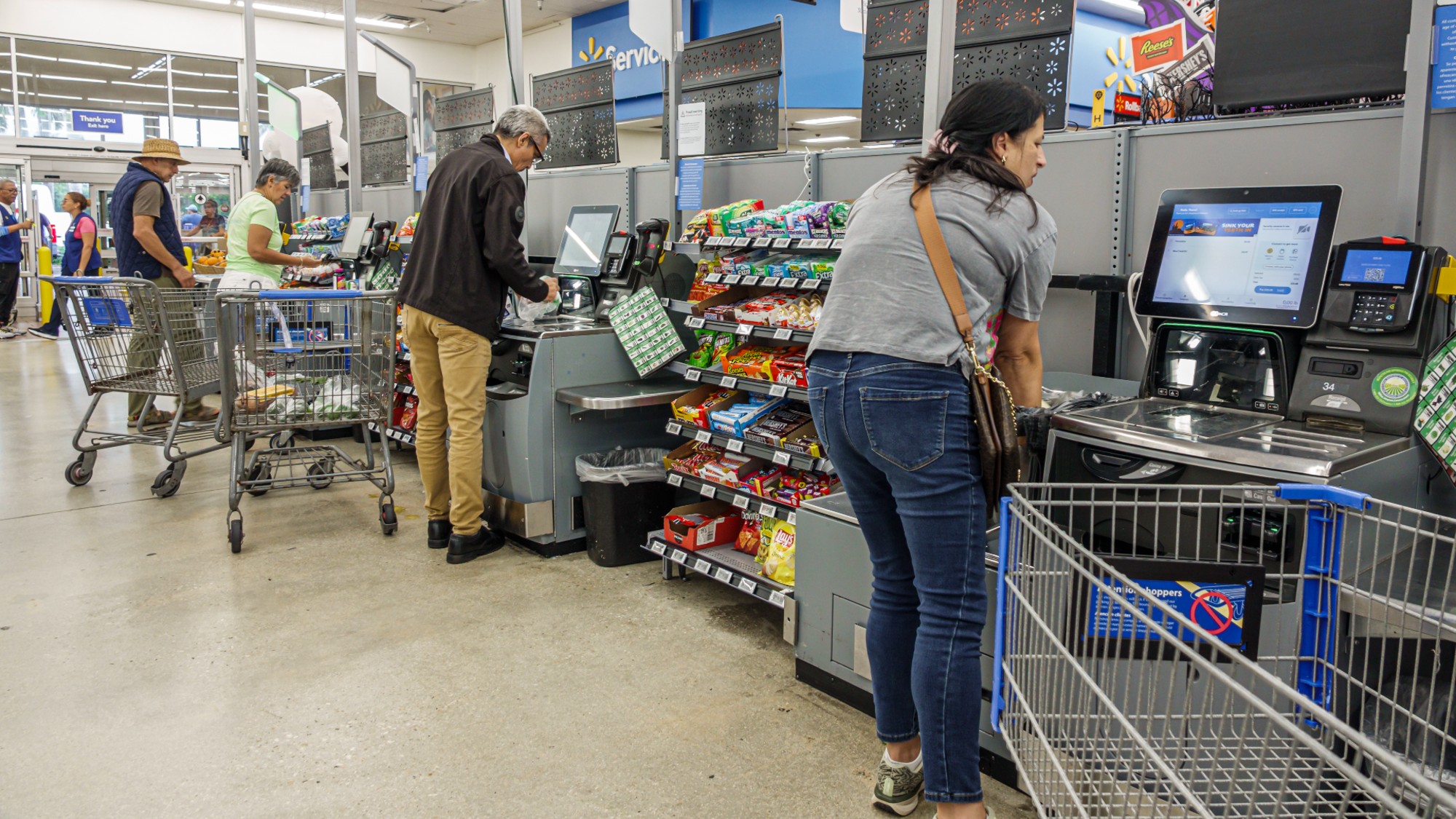 How could worsening consumer sentiment affect the economy?
How could worsening consumer sentiment affect the economy?Today’s Big Question Sentiment dropped this month to a near-record low
-
 Musk wins $1 trillion Tesla pay package
Musk wins $1 trillion Tesla pay packageSpeed Read The package would expand his stake in the company to 25%
-
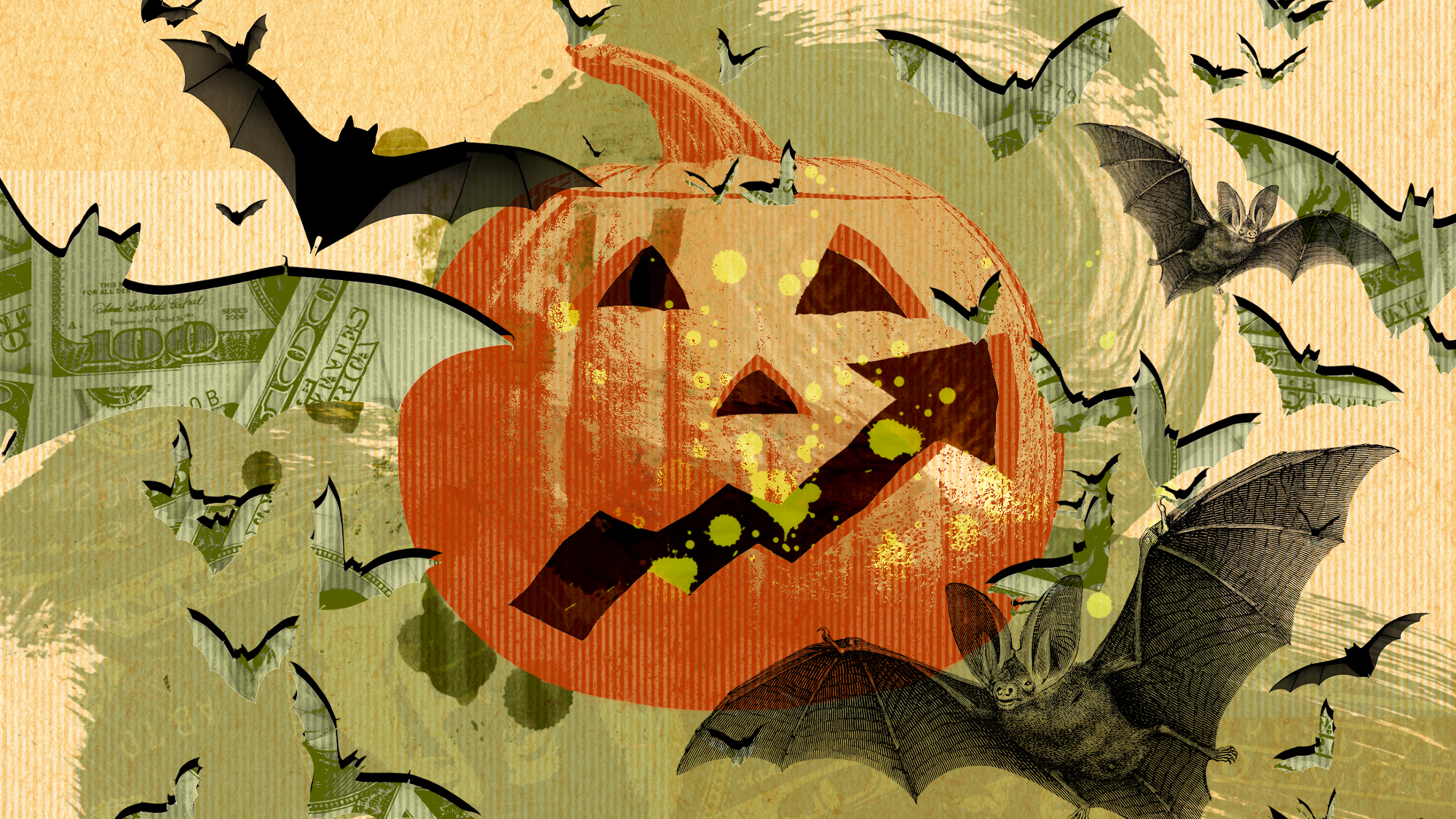 From candy to costumes, inflation is spooking consumers on Halloween this year
From candy to costumes, inflation is spooking consumers on Halloween this yearIn the Spotlight Both candy and costumes have jumped significantly in price
-
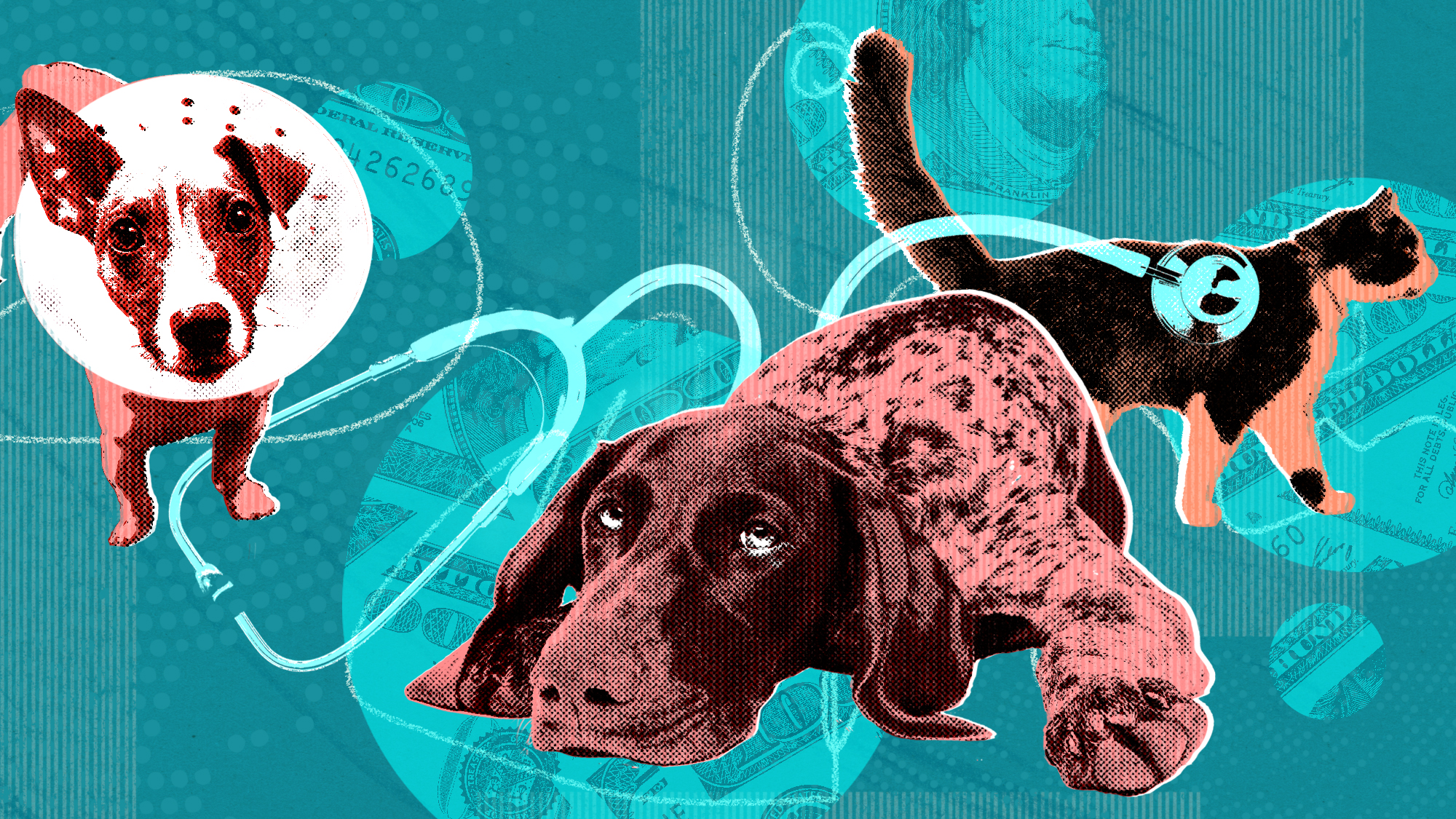 Rising costs are making it harder for people to afford pets
Rising costs are making it harder for people to afford petsUnder the Radar Shelters are filling up as a result
-
 Grocery stores under fire for overcharging during cost-of-living crisis
Grocery stores under fire for overcharging during cost-of-living crisisThe Explainer A recent investigation has put the spotlight on Kroger, but it is not the only chain being pinpointed
-
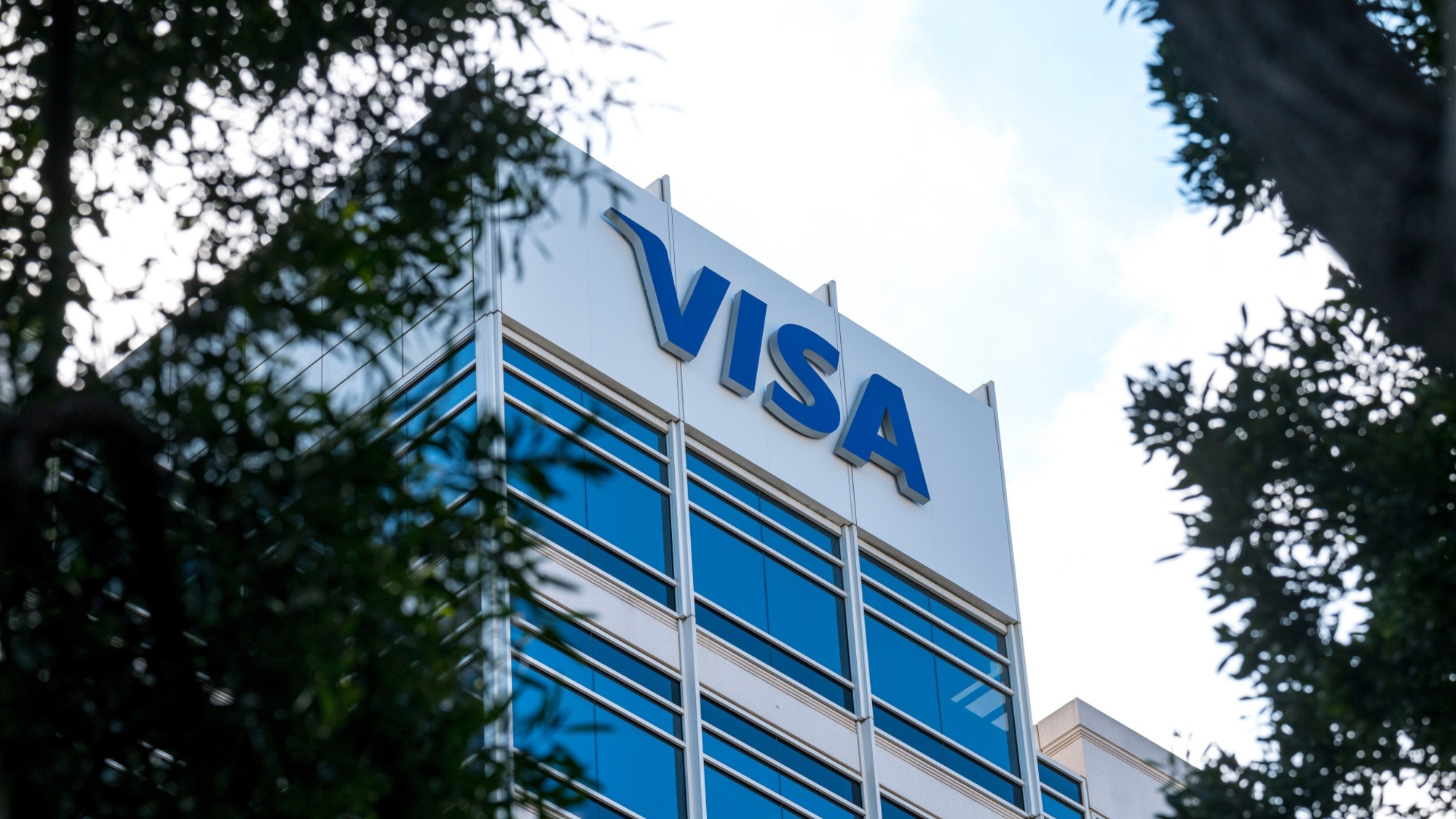 Visa wants to let AI make credit card purchases for you
Visa wants to let AI make credit card purchases for youThe Explainer The program will allow you to set a budget and let AI learn from your shopping preferences
